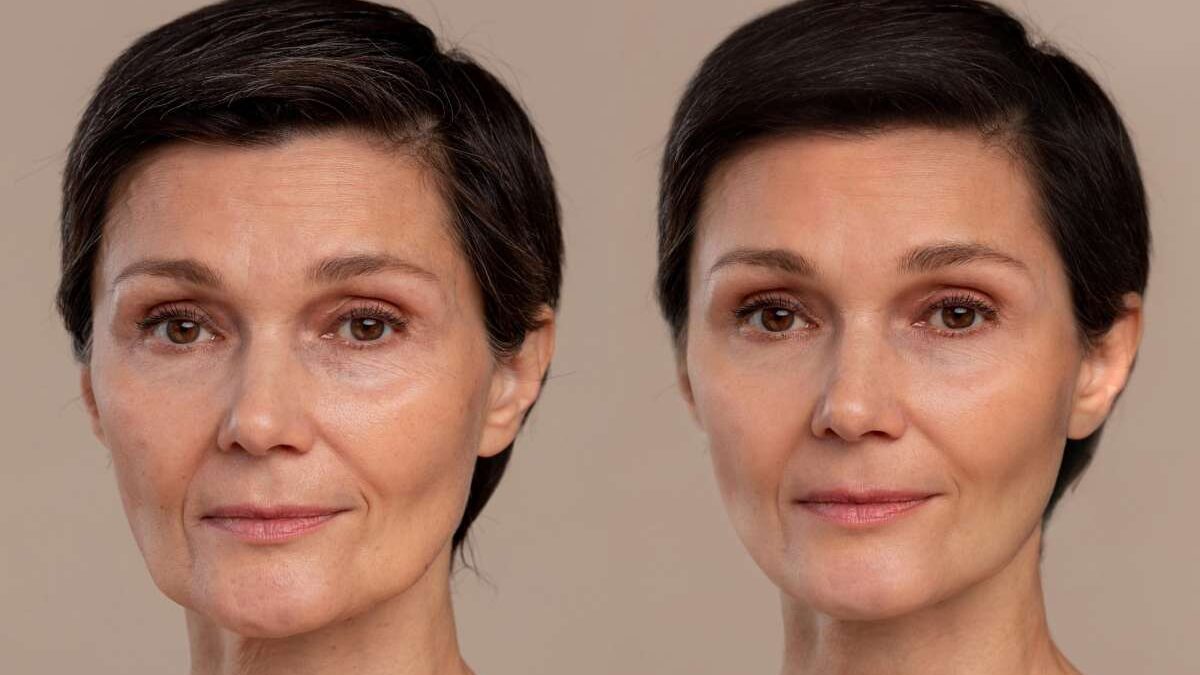The health and function of the skin depend on many interlocking factors that work both at internal microscopic levels as well as under the influence of multiple environmental factors. One significant player that contributes a great deal of impact is exosomes, nanosized sac-like structures that play host to the cell’s proteins and are active participants and initiators of intercellular communication. However, how exactly do they function, and what kind of benefits do they boast in skincare that make them so special in the fight against aging?
These microscopic vesicles are about 30 to 150 nanometers in size and carry nucleic acids, proteins, lipids, and various signaling molecules from their cells of origin. They used to be viewed as nothing more than membrane debris generated by a cell’s death, but have since been found to be a focal point in cell signaling, with their production, secretion, and overall composition determined by cell type and structure. The exosomes that are derived from stem cells, in particular, have skin restoration properties and can regulate different stages of wound healing, which ultimately gives them a role in treating aberrant skin conditions and maintaining the overall health of the skin.
The way exosomes behave affects many physiological processes, including those needed for skin renewal and repair, they can be thought of as messengers that help heal, stimulate, and restore skin tissue. They do this by sending messages through the epidermis and dermis. Clinical studies and research, like that conducted by Zhang et al., have pointed to exosomes’ ability to promote wound healing while minimizing scars. For instance, when human mesenchymal stem cell exosomes were introduced to wounds, there was an observed enhancement in healing and a reduction in scar width. Since mesenchymal cells already have the means of self-renewal and cell differentiation, it initiated the formation of new skin layers and blood vessels, which typically improved the healing process and reduced the visible scarring.
The mark of bright, youthful skin can be attributed to how it maintains elasticity and firmness through effective tissue regeneration. Exosomes encourage the skin’s natural capacity to repair and heal itself, which has profound anti-aging implications. By making it easier for cells to talk to each other, structural proteins are better able to reach the layers of skin and strengthen them. Fibroblasts are the cells that make collagen and elastin fibers, which give skin its firm structure and springy feel.
In addition to boosting tissue regeneration levels and skin density, exosomes can also regulate hydration within the epidermis as they can affect hyaluronic acid production, a natural substance that lubricates the body’s joints and tissues. They transport critical biomolecules, including proteins and RNAs, that assist in maintaining the skin’s barrier function as well, which is especially important for dry or mature skin that often suffers from compromised shielding against external impacts. By improving the skin’s ability to retain moisture and self-repair, exosomes help in delivering a plumper and more radiant complexion, targeting visible signs of aging that may beset the complexion with wrinkles and fine lines.
While the clinical applications of exosomes in skin care are still being explored, studies and research testing have suggested that exosome-based formulations can have a strong foothold in topical skincare. This is especially so when these solutions are specifically designed to hold skin rejuvenation properties and target anti-aging or corrective skin conditions. Alongside well-known skincare ingredients like retinoids, sunscreens, and Vitamin C, cosmeceutical products that contain growth factors, cytokines, and exosomes hold cellular regeneration and skin resilience as their primary goals. In particular, the CALECIM Professional brand’s patented powerhouse ingredient PTT-6® contains well over 3,000 active biomolecules, including a sizable number of exosomes, that work together to revitalize the skin from the inside out.
Due to its unique source of extraction that is ethically derived, the potency of the skincare formulations that utilize the PTT-6® ingredient is strong enough to trigger the body’s own skin cell production, instead of simply adding external ingredients to the skin. It speeds up daily skin repair by adding exosome-derived factors to its serums. This also speeds up collagen production in cells, which helps build a healthy extracellular matrix. The results of common medical procedures like microneedling and laser resurfacing treatment have been improved when PTT-6®-rich formulations are used, as shown by certified dermatologists and medics.
The body’s intrinsic repair mechanisms says Professor Phan Toan Thang from the National University of Singapore’s Department of Surgery, are reformed by the integrity of the stem cells, and the cellular environment within the skin is likewise changed by the introduction of the exosomes to allow repair to occur. With the influence of exosomes, the skin’s wound-healing process is optimized since intercellular communication makes the coordination of various stages of healing more efficient. This includes the initial inflammatory phase, the proliferation of new tissue, and the remodeling phase, where tissue strength and function are restored.
While the tasks that exosomes perform in skincare offer effective strategies to combat the signs of aging, it’s still important for consumers to consider the research and clinical trials that have been conducted in the development of such serums. Science-backed solutions like CALECIM Professional’s PTT-6® component are full of exosomes and growth factors help with reversing skin ageing, and they have delivered tangible results for users in the form of improved collagen synthesis and enhanced skin thickness. This form of advanced cell signaling is ultimately able to instruct skin cells to behave more youthfully, contributing to a smoother and more vibrant complexion and, most importantly, improved skin health.


